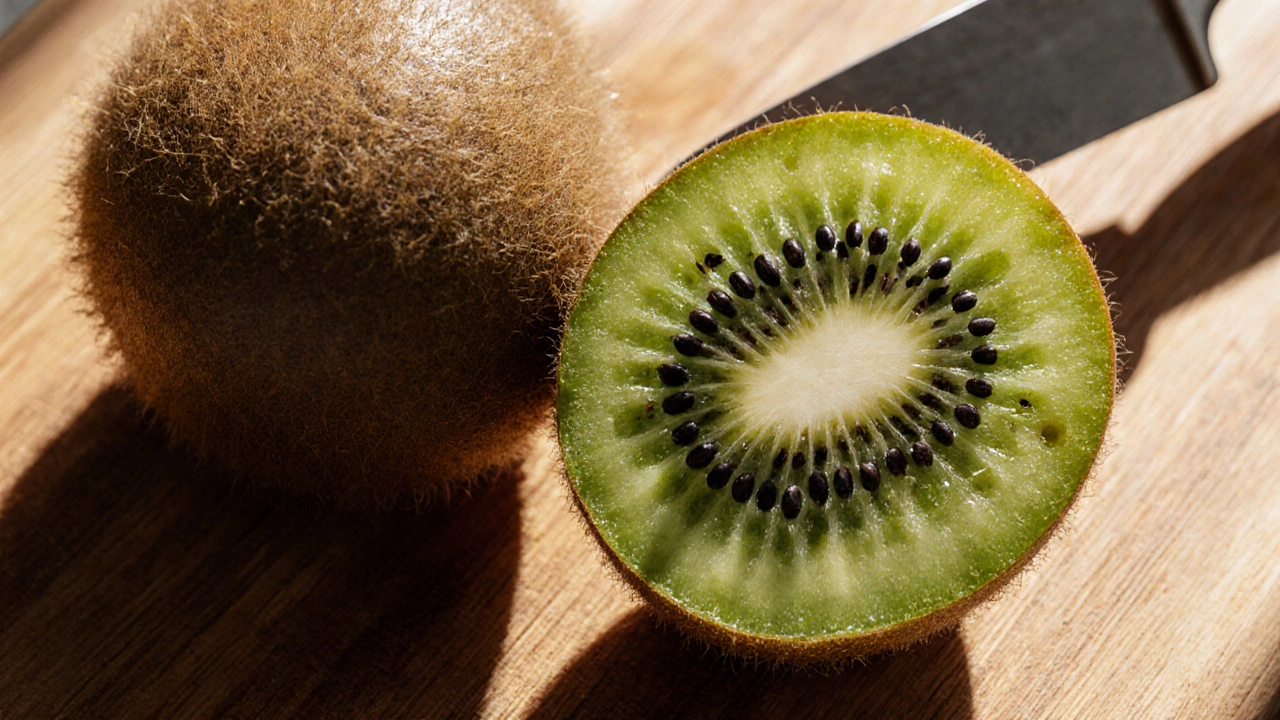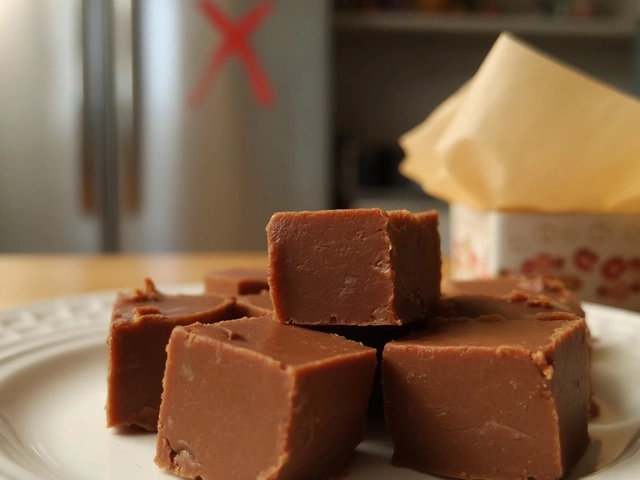Vegan Food Labeling: Decode What’s Behind the Claim
When navigating vegan food labeling, the system of symbols, ingredient lists, and marketing claims that tell you whether a product contains any animal‑derived components. Also known as vegan certification, it helps shoppers avoid hidden dairy, gelatin, or animal‑based additives. Vegan food labeling isn’t just a trendy badge – it’s a practical tool that ties together regulations, certification bodies, and the everyday goal of a cruelty‑free pantry.
One of the biggest related entities is vegan certification, official symbols like the Vegan Society’s V‑label or Certified Vegan logo that indicate a product has been audited for animal‑derived ingredients. These marks are backed by defined standards, so they give you confidence beyond vague “plant‑based” wording. Another key concept is plant‑based ingredients, items derived entirely from plants such as soy, almond, oat, and coconut that replace traditional animal products in recipes. Recognizing these ingredients on a list lets you separate genuinely vegan items from products that merely market themselves as “healthier”.
Understanding the label also means spotting hidden animal ingredients, substances like whey, casein, gelatin, or even animal‑derived enzymes that aren’t obvious at first glance. They often hide behind scientific names – think "caseinate" for casein or "glycerol" that could be derived from animal fats. Knowing these aliases lets you catch sneaky non‑vegan components before they slip into your shopping cart.
What to Look for When You Scan a Pack
The first semantic triple here is: Vegan food labeling encompasses ingredient identification. When you read a list, start with the first few items – if the top ingredient is a plant protein or dairy‑free milk, you’re on the right track. Next, Vegan food labeling requires understanding of certification symbols. Look for the V‑label, Certified Vegan, or other accredited logos; they signal that the product passed a third‑party audit.
A third connection: Hidden animal ingredients influence vegan labeling decisions. If a product contains “natural flavors” you’ll need to check the source, because flavorings can be derived from animal sources. Many brands now list the source on the back, but when they don’t, a quick online search of the manufacturer’s ingredient policy can clear things up.
Beyond the symbols, pay attention to allergen statements. While allergens aren’t the same as animal ingredients, they often reveal hidden dairy (e.g., “may contain milk”). This ties into the fourth entity – food allergen labeling, mandatory disclosures that can double‑check whether dairy or egg products are present. Cross‑referencing allergen info with the ingredient list gives you a double safety net.
Practical tip: Keep a cheat sheet of common animal‑derived terms. For example, “stearic acid” can be plant‑based or animal‑based; the source is usually noted in brackets. A quick glance at the packaging can save you hours of research later. This habit aligns with the broader goal of mastering label reading – an essential skill for any plant‑based lifestyle.
Finally, remember that regulations differ by region. In the UK, the Food Standards Agency requires clear ingredient lists but does not mandate vegan-specific labeling, so third‑party certifications become even more valuable. In other markets, you might see “vegan‑friendly” as a marketing claim without strict oversight. Knowing the regulatory backdrop helps you weigh the reliability of each claim.
All these pieces – certification symbols, ingredient names, hidden animal substances, and allergen disclosures – weave together to form a reliable roadmap for the conscious consumer. Below you’ll find a curated collection of articles that dig deeper into specific products, label tricks, and vegan alternatives, giving you actionable insight for every aisle you roam.

Why Kiwi Is Considered Not Vegan and How to Choose a Vegan-Friendly Fruit
Explore why many kiwis are considered non‑vegan, learn how to spot animal‑derived wax coatings, and get practical tips for choosing truly vegan kiwis.
View More




